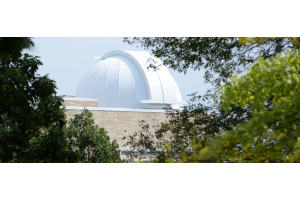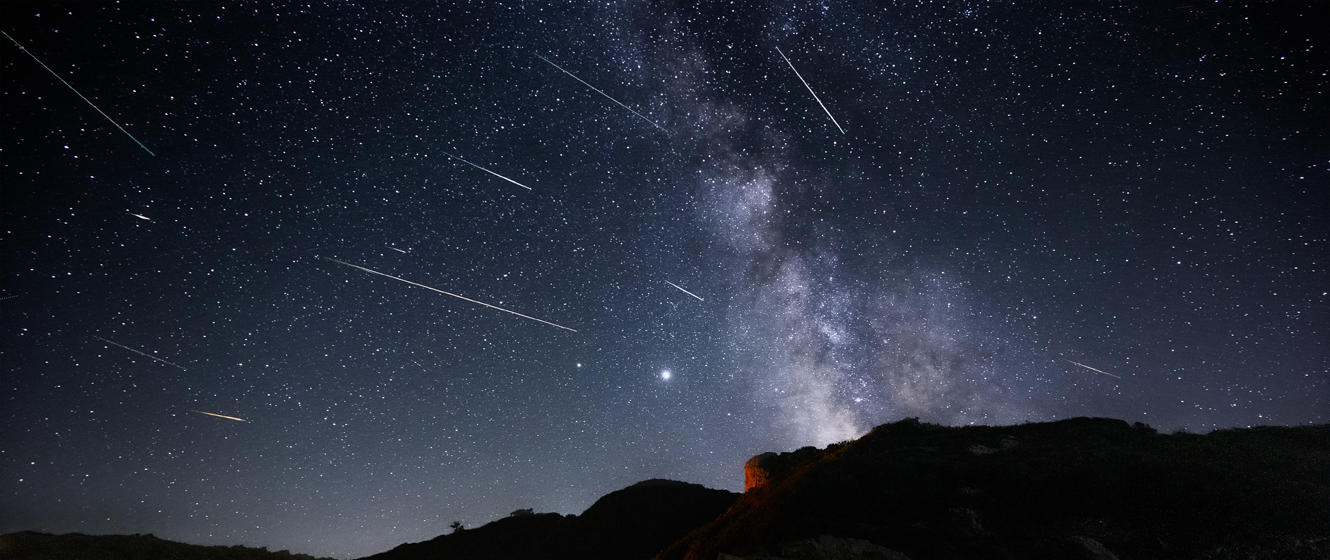
Almost everyone has seen a shooting star at some point. Technically known as meteors, these streaks of light often appear suddenly and without warning before fading and disappearing just as quickly.
From time to time, a meteor shower (usually the Perseids, Leonids, or Geminids) will hit the headlines and gain the interest of the general public, but few people know much about them. What are they? Where do they come from? And which showers are best?
#1 - They Were Once Thought to Be an Atmospheric Phenomenon
As you might expect, meteors have been observed for thousands of years, but as with many things in astronomy, their true nature didn’t come to light until much more recently. The ancient Greek astronomer Aristotle believed that comets and meteors were of the same substance (he was right) and that they were both hot, dry exhalations from the Earth caused by the heat of the Sun (he was wrong) that then ignited in the upper atmosphere (he was more or less correct).
Correspondingly, he also believed that the appearance of a comet or meteors foretold strong winds and hurricanes, perhaps thanks to the annual appearance of the Perseids before the start of the hurricane season. Incidentally, his theory also explains why they were called meteors, as they were linked to the study of the atmosphere and weather - meteorology - rather than the stars.
Astronomers didn’t pay a lot of attention to meteors until the 19th century. During an outburst of the Leonid shower in November 1833, observers noticed that the point from which the meteors appeared to originate (called the radiant) kept pace with the constellation Leo as it moved across the sky. If meteors were actually an atmospheric phenomenon, this simply wouldn’t be possible, and the only explanation was that they therefore originated from beyond the Earth’s atmosphere.
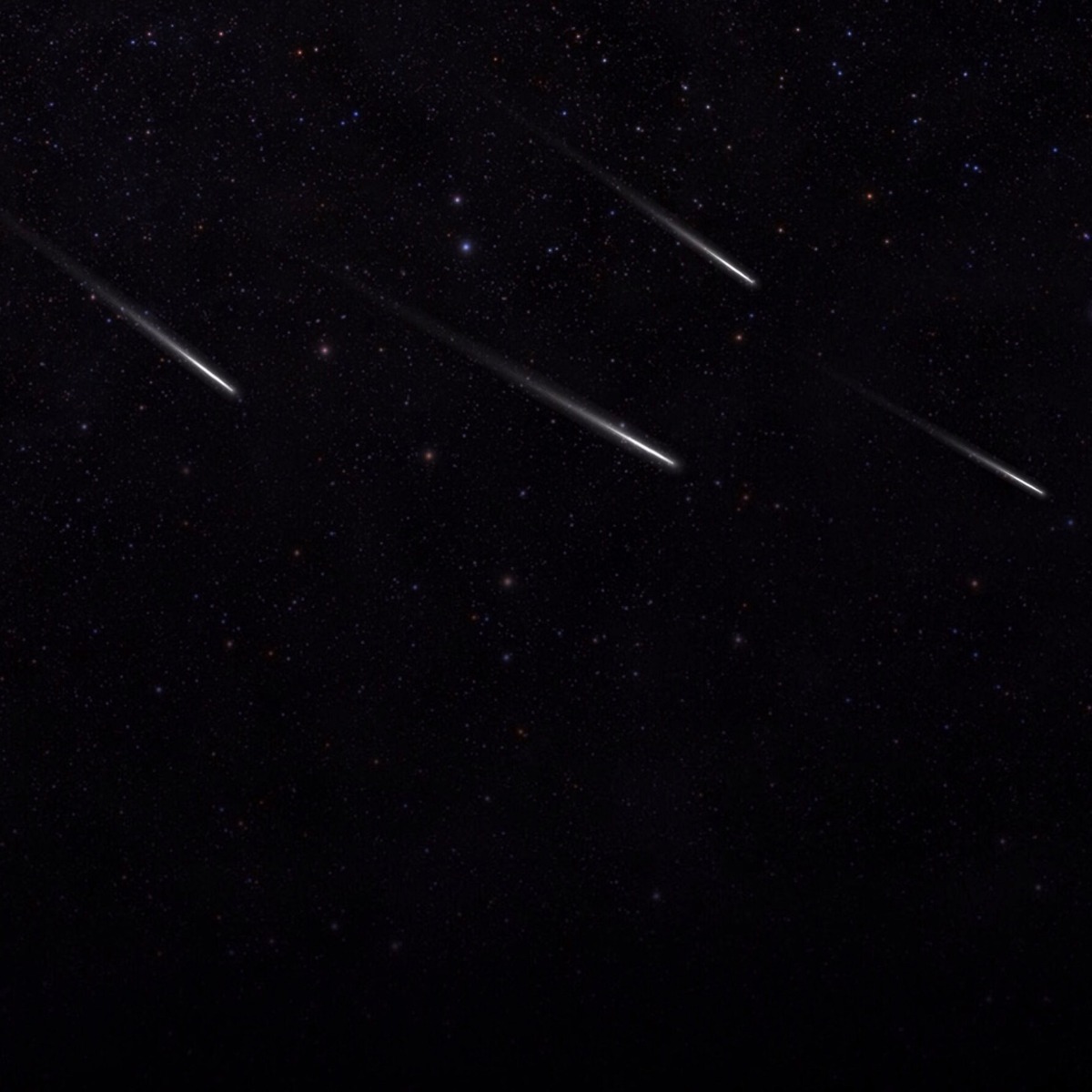
#2 - Meteors Occur When a Meteoroid Burns Up in the Atmosphere
You’re probably familiar with the word meteor, but what about meteoroid? When is a meteor a meteoroid? Or vice versa? Meteoroids are tiny fragments of rock that range from microns to one meter in size. Many are no larger than a grain of sand or small stone and weigh less than a tenth of an ounce. However, despite their small size, they enter the Earth’s atmosphere at tremendous speed - anywhere between 25,000 and 160,000 miles per hour.
When this happens, the meteoroid quickly burns up in the atmosphere and we see a meteor streak across the sky, but how quickly it appears to move can depend upon when you actually see it. Since the Earth is also moving, meteors that appear before midnight are entering the atmosphere on the Earth’s trailing side, whereas meteors that appear after midnight enter the atmosphere on the leading side. Consequently, meteors after midnight have a head-on collision with the Earth and often appear to be moving faster.
#3 - A Fireball Is a Meteor Brighter Than the Planet Venus
If you’ve never seen a fireball, you might be hoping to see exactly that - a flaming meteor shooting across the sky - and while that’s not necessarily the case, the actual phenomenon can still be quite spectacular. The specific definition of a fireball is a meteor that appears brighter than the planet Venus. In other words, it must appear roughly magnitude -4.5 or brighter. Unfortunately, you may not know if this is the case when you see one, and the application of the term to any particularly bright meteor has become more common as a result.
A fireball typically looks like a very bright meteor, but they usually last a little longer and they’re more prone to producing sparks and leaving a trail of smoke in their wake. Also like meteors, a fireball can appear at random, but there are some meteor showers that are more likely to produce fireballs than others. For example, the Quadrantids, Alpha Capricornids, and Southern Taurids can all produce a higher-than-average number of fireballs.
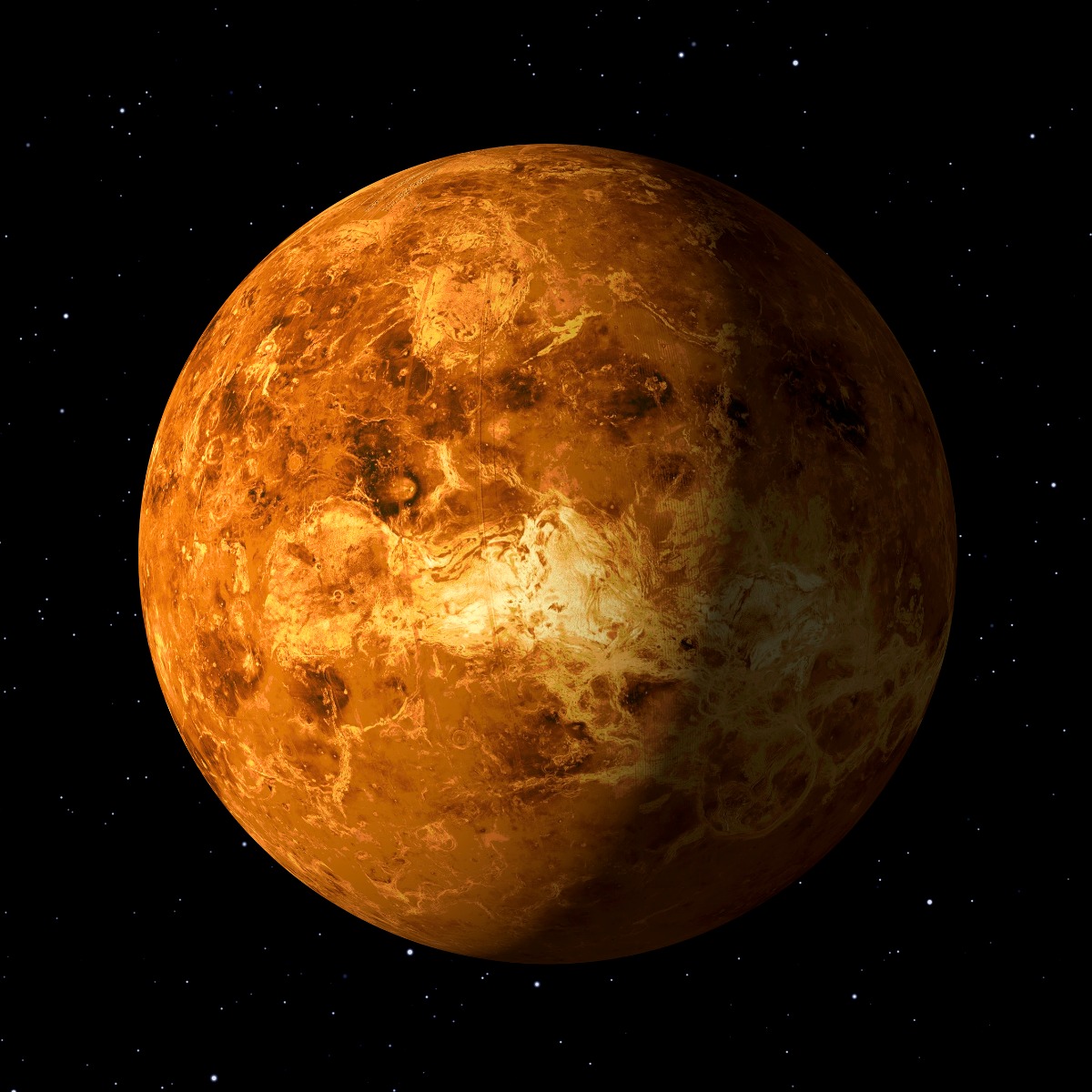
#4 - Meteorites Reach the Ground
If you’ve heard of meteors, then you’ve probably heard of meteorites - but what’s the difference? The simple answer is that a meteorite is a meteoroid that’s large enough to survive burning up in the atmosphere and then strikes the ground. During this process, less than 5% of the original meteoroid will survive, with most meteorites ranging in size from a small stone to about the size of a baseball.
Many meteorites are the debris from collisions in the asteroid belt and are therefore comprised of either rocky silicates or metals, such as nickel and iron. Rocky meteorites tend to be porous and less dense than their metallic cousins and are more likely to break apart as they enter the atmosphere. A very small number of meteorites are fragments of the Moon or Mars blasted into space as a result of a parent meteorite impacting their surfaces.
Meteors occur all the time and, in fact, about 25 million meteors occur every day - that’s about 290 across the world every second - with all but a handful being nothing more than space dust. About 500 meteorites strike the Earth every year (roughly one or two a day), but the vast majority will either land in the ocean or in remote areas.
Anything larger than 80 feet (25 meters) in diameter could cause significant damage to the area, while a meteorite larger than half a mile (nearly 1 kilometer) in diameter could have global consequences. (But don’t worry - this only happens once every few million years or so).
#5 - There Are 9 Major Meteor Showers and 103 Minor Showers
Although a meteor can appear more-or-less randomly, there are certain times of the year when the number of meteors increases, with many of those meteors appearing to originate from the same area of the sky. This then, is a meteor shower. The concept was first introduced in 1834, with the Leonids being the first regular shower to be recognized.
In all, 112 showers are now officially recognized by the International Astronomical Union (IAU) with 9 deemed to be “major” showers or Class I by the International Meteor Organization (IMO). Each shower is active during a range of dates, usually for weeks at a time, but with a maximum or peak date that occurs on roughly the same date every year.
Each shower also has a radiant, which is the area of sky from which the meteors appear to originate, and a zenith hourly rate (ZHR). This is the number of meteors you could expect to see every hour under ideal conditions: a clear, moonless night far away from the lights of a town or city, with the radiant of the shower directly overhead (ie, at the zenith).
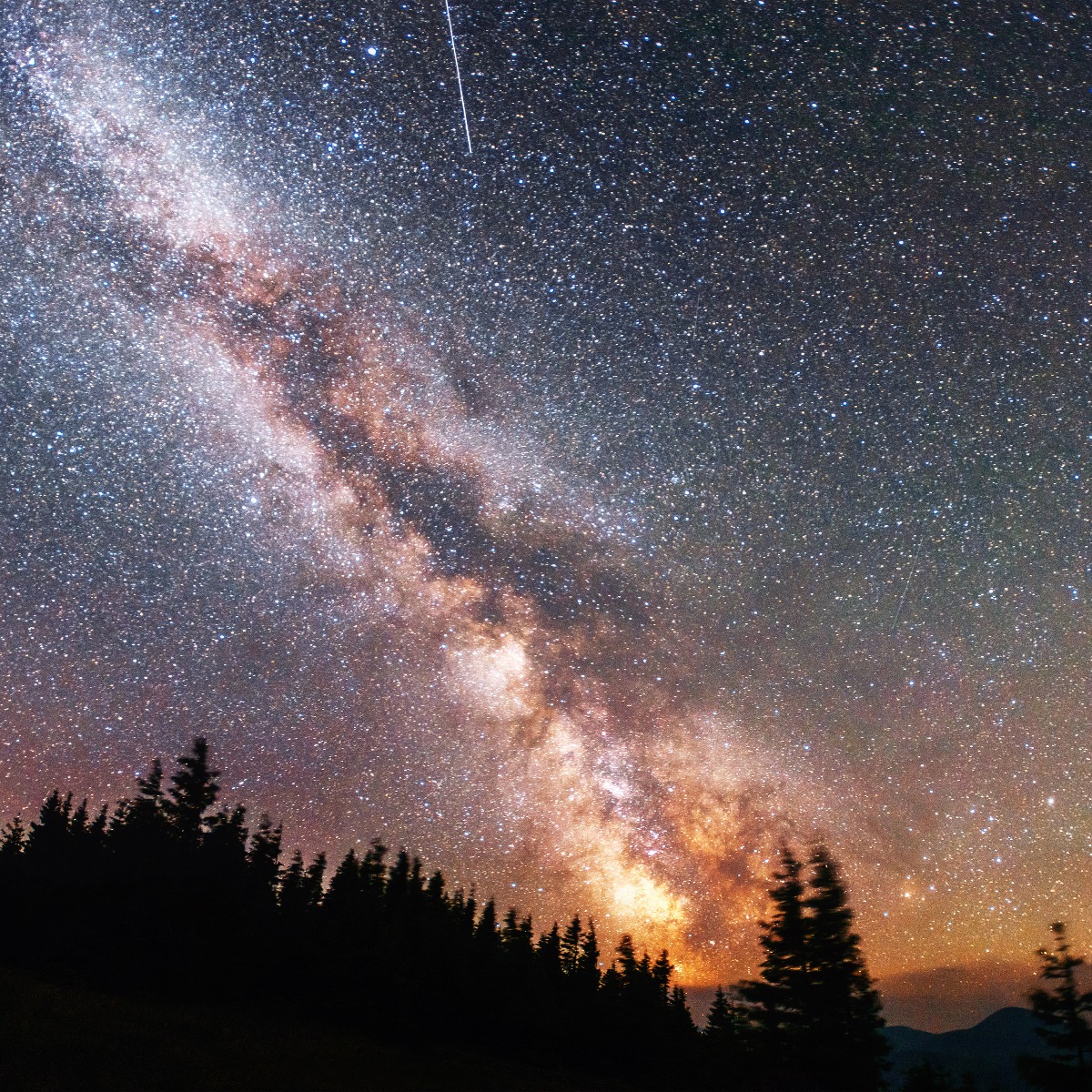
#6 - One Meteor Shower Is Named for a Constellation That No Longer Exists
Thanks to its unusual name, there’s one meteor shower that stands apart from the others. The Quadrantid meteor shower has its radiant in the constellation Boötes, the Herdsman - so where does its name come from? Back in the 19th century, when the shower was first identified, the constellations had yet to be officially defined, and as a result, there are some constellations that once existed but are now no more.
One such constellation was Quadrans Muralis, the Wall-Mounted Quadrant, which was invented in the 1790s but then fell into disuse by the end of the 19th century. However, it was still alive and well when the meteor shower was found to originate from it, and consequently, the shower assumed its name. When the IAU defined the boundaries of the constellations in 1928, the area that Quadrans Muralis once occupied was assigned to Boötes, but to avoid confusion, the name of the shower remained unchanged.
#7 - Many Meteor Showers Are Named After the Constellation From Which They Originate
Once astronomers identified where the meteor showers appeared to originate from, it only made sense that the showers should be named accordingly. For example, the Perseids, Leonids and Geminids are so-called because their radiants lie in the constellations of Perseus, Leo and Gemini, respectively.
But with over 100 recognized showers and only 88 constellations, there are obviously going to be times when two (or more) showers appear to originate from within the same constellation. The solution? Name the shower after the closest brightest star. For example, there are the Eta Aquariids and Pi Puppids. Alternatively, a shower might be named for the month in which it’s active, such as the January Leonids.
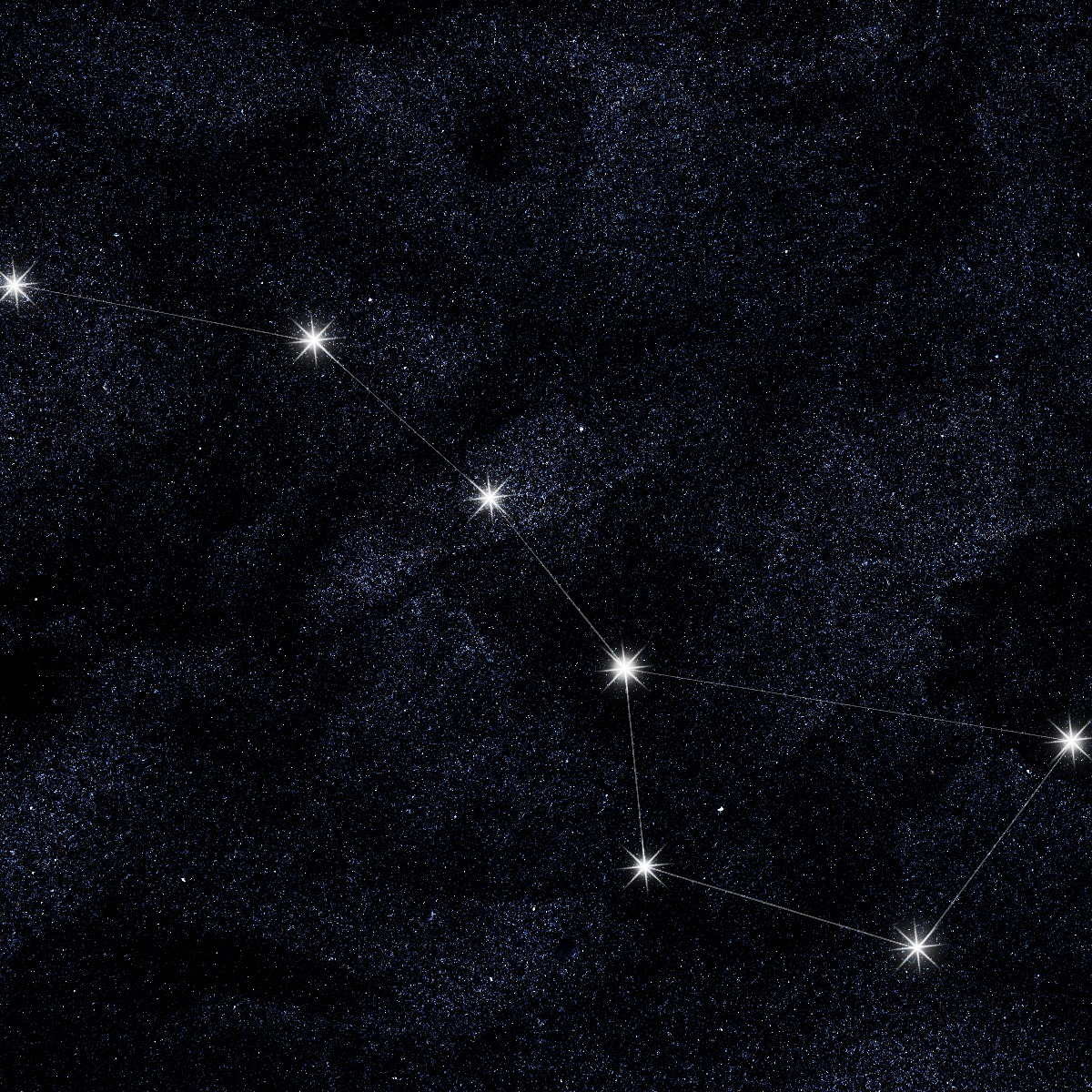
#8 - Most meteor showers come from comets
Meteor showers occur because the Earth is passing through a particularly dense patch of meteoroids as it moves along its orbit. Since the same meteor showers occur regularly at the same time every year, it stands to reason that these are not random clouds that happen to drift into the Earth’s path, but rather clouds that appear to remain in place. This being the case, you’d expect the number of meteors to diminish over time, as the Earth would effectively mop them up as it passes through the cloud.
However, many showers consistently produce the same number of meteors every year, which implies that something is depositing fresh meteoroids in the cloud. It turns out the culprits are comets. As they orbit the Sun, they leave a trail of dust in their wake. If the comet’s orbit crosses Earth’s, then the Earth will pass through the trail and a shower is seen. The trail is then renewed each time the comet swings by the Sun.
There are, of course, a few exceptions. The most notable of these are the Geminids, which are thought to originate from the asteroid 3200 Phaethon. This is an unusual object, as it has an orbit that better resembles that of a comet. This orbit brings it closer to the Sun than any other asteroid, with the extreme heat potentially causing its surface to crack and for debris to be scattered along its path
#9 - The Best Meteor Showers Are the Perseids and Geminids
Not every meteor shower produces the same number of meteors. Many of the minor showers will produce less than ten an hour, while most of the major showers will produce anywhere between 20 and 60 meteors an hour. However, there are two that can produce 100 or more.
Traditionally, the famous Perseid meteor shower of mid-August has always been the top performer. It’s the ol’ faithful of showers and has been reliably producing around 100 meteors an hour for at least the past few thousand years. The earliest recorded observation of the Perseids was made by Chinese astronomers in the year 35 AD.
However, the Geminid meteor shower has seen a steady increase in activity since the start of the 21st century and now produces around 120 meteors an hour - more than the Perseids and the most of any known shower. They’re also brighter and slower (making them easier to spot) and their radiant rises a lot earlier in the evening. Since this shower peaks in mid-December, the Geminids are a better choice for observers in the northern hemisphere as the winter months bring longer (if colder) nights.
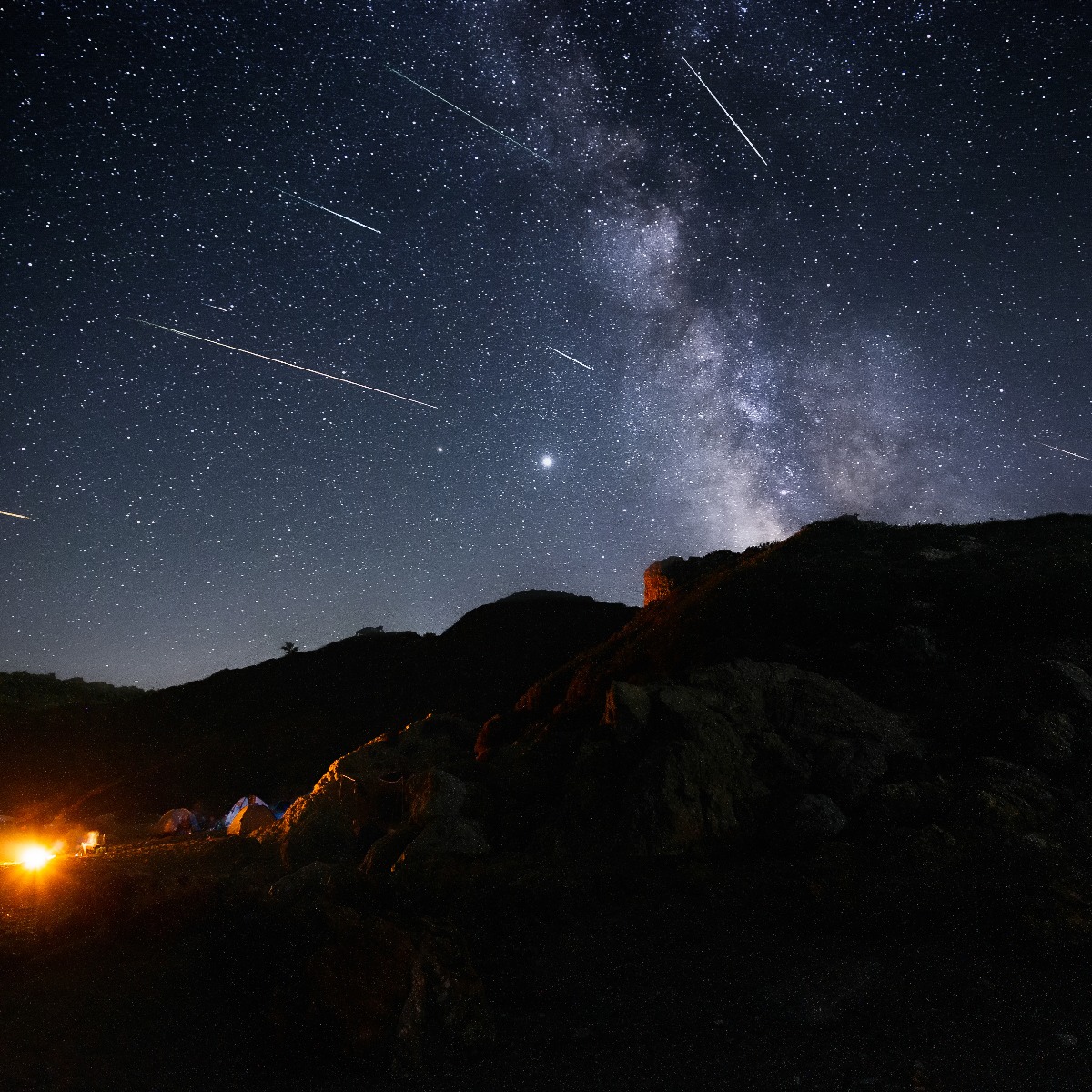
#10 - The Leonids Produce a Meteor Storm Once Every 33 Years
While the Perseids and the Geminids take the top two places as the most consistently prolific showers, every 33 years the Leonids in November will put them both to shame. While the Leonids are classed as a major shower, they’ll only produce about 15 meteors an hour during a regular year, but in a year when a storm is expected that number can exponentially increase into the thousands.
This is because its parent comet, Tempel-Tuttle, orbits the Sun once every 33 years and leaves a substantial amount of material behind. When the Earth passes through this material, a meteor storm occurs. For example, observers witnessed an average of 100,000 meteors an hour in 1833, with the number hitting 150,000 an hour for a brief time in 1966. The rate dropped significantly to 5,400 an hour in 1999 - not as impressive as in previous years, but spectacular nonetheless!

Questions? Contact Us!
Interested in observing or photographing an upcoming meteor shower? Not sure what gear you'll need? Send us a message! Our team of telescope experts are happy to point you in the right direction.
This Article was Last Updated on 08/15/2023






